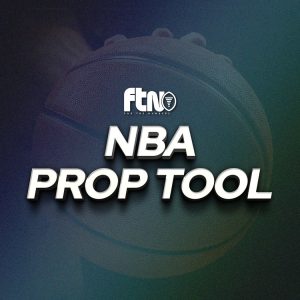
With not much left in the way of big offseason events that will change teams’ futures, our eyes can truly turn toward the season to come, preparing for fantasy football drafts and looking forward to what we need to know for success in 2022.
With that in mind, all summer long, I’ll be using our FTN Fantasy Splits Tool to look at some of the key situations to know for the season. The Splits Tool allows you to experiment with situations with active/inactive players, spreads, locations and more to help you get a picture of everything you need for your fantasy football season. Sign up for an FTN Fantasy subscription now to experiment with the tool as you prepare for your season.
DeAndre Hopkins Suspension

Shortly after last month’s NFL Draft, news broke that Arizona Cardinals All-Pro wide receiver DeAndre Hopkins would be suspended six games for violating the league’s performance-enhancing drug policy. He struggled to stay on the field last season, missing seven games due to a lingering hamstring injury, before being placed on injured reserve with a torn MCL. The Cardinals’ offense took a significant step backward without their alpha wide receiver, averaging 30.2 points per game with Hopkins and 19.75 without. He led the team in receiving touchdowns despite missing almost half of the season. Below, we’ll look at how Hopkins’ absence impacted the Cardinals’ offense to give us a better idea of what to expect for the first six games of the 2022 season.
Kyler Murray, QB
Kyler Murray dealt with his own injuries in 2021, missing three games due to an ankle injury. He played 10 games with Hopkins and five without, including the playoffs. The Splits Tool shows that Murray was much less productive as a passer without his No.1 receiver. The Cardinals’ play calling also changed without Hopkins, as Murray averaged seven fewer passing attempts per game. Murray overcame the lower passing volume by taking off more as a runner. For years, mobile quarterbacks have been dubbed the “Konami Code” of fantasy football, which is how Murray was still able to finish as a top-10 quarterback. If he can stay healthy, Murray should still be a QB1 without Hopkins and could see a spike in production once the suspension is over.
Christian Kirk, WR
Once Hopkins went down, Christian Kirk stepped up for the Cardinals, leading the team in targets (103), receptions (77) and yards (982). After being selected in the second round of the 2018 NFL Draft, Kirk failed to live up to expectations in his Arizona tenure, but he benefited from the absence of Hopkins last season, as those numbers represented career highs across the board. Kirk left for Jacksonville in free agency, but the Cardinals replaced him with another former first-round pick, Marquise Brown, acquired in trade from the Baltimore Ravens. Brown immediately replaces Kirk in the Cardinals offense and should operate as the WR1 for as long as Hopkins is sidelined. Brown is familiar with catching passes from Murray, as the two were college teammates at Oklahoma in 2017-2018. In his last season with Murray, Brown caught 75 passes for 1,318 yards and ten touchdowns. Last season, Kirk finished as a WR2, which seems like the floor for Brown.
Rondale Moore, WR
There was a lot of hype surrounding Rondale Moore he was being selected in the second round of the 2021 NFL draft. Unfortunately, he had a less than stellar rookie campaign, catching only 54 passes for 435 yards and one touchdown. On the surface, Moore was seemingly more productive while Hopkins was active. However, most of Moore’s production came from an outlier performance in Week 2, where he caught seven passes for 114 yards and one touchdown. He failed to eclipse 60 receiving yards for the rest of the season and was primarily used as a gadget player. He had an average depth of target of 1.2 yards and only saw seven targets that traveled 10 or more yards downfield. The hope for Moore in 2022 is that the Cardinals utilize their dynamic playmaking wide receiver in a full-time role. Moore should see an uptick in usage without Hopkins for the first six games of the season. Moore is an early breakout candidate who could make a leap in his second season.
Zach Ertz, TE
In the middle of last season, the Cardinals acquired former Philadelphia Eagles tight end Zach Ertz. He played his first game for the Cardinals in Week 7 and went on to catch 56 passes for 574 yards and three touchdowns. Ertz quickly became a favorite of Murray and had the second-most receiving yards since joining the team. He also tied for the team leader in red-zone targets (14), despite only playing 11 games. Ertz consistently produced as a TE1 for fantasy, but his usage increased in games without Hopkins. The Cardinals re-signed Ertz this offseason on a three-year, $31.65 million contract. The Cardinals added to their tight end room by drafting Trey McBride in the second round of the 2022 NFL Draft. McBride doesn’t impact Ertz’ outlook too much, given the typically slow development of rookie tight ends. Ertz finished the 2021 season as the TE6 overall and could be even better for the first six games of the season. Even when Hopkins returns, Ertz should still provide TE1 production, and is arguably one of the best values in early drafts.

































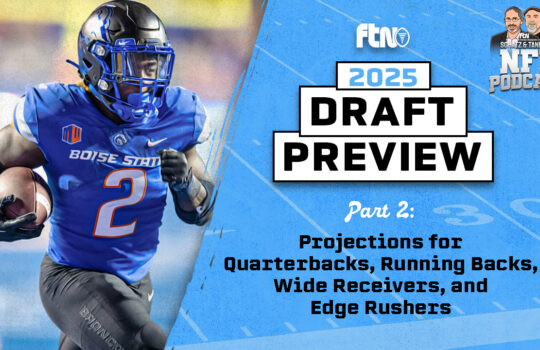
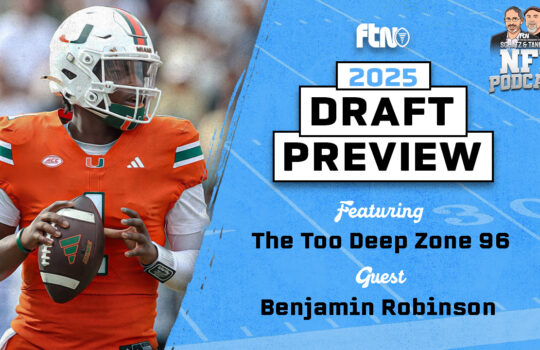







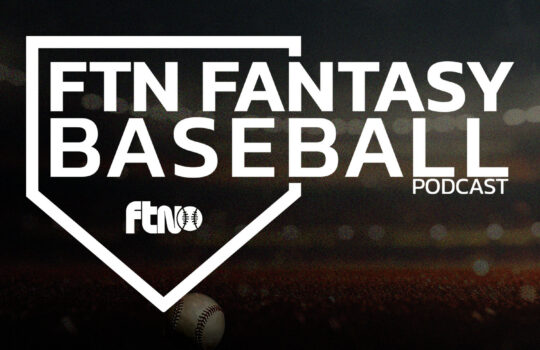

 New York Jets
New York Jets  New England Patriots
New England Patriots  Miami Dolphins
Miami Dolphins  Buffalo Bills
Buffalo Bills  Pittsburgh Steelers
Pittsburgh Steelers  Cleveland Browns
Cleveland Browns  Cincinnati Bengals
Cincinnati Bengals  Baltimore Ravens
Baltimore Ravens  Tennessee Titans
Tennessee Titans  Jacksonville Jaguars
Jacksonville Jaguars  Indianapolis Colts
Indianapolis Colts  Houston Texans
Houston Texans  Las Vegas Raiders
Las Vegas Raiders  Los Angeles Chargers
Los Angeles Chargers  Kansas City Chiefs
Kansas City Chiefs  Denver Broncos
Denver Broncos  Washington Commanders
Washington Commanders  Philadelphia Eagles
Philadelphia Eagles  New York Giants
New York Giants  Dallas Cowboys
Dallas Cowboys  Minnesota Vikings
Minnesota Vikings  Green Bay Packers
Green Bay Packers  Detroit Lions
Detroit Lions  Chicago Bears
Chicago Bears  Tampa Bay Buccaneers
Tampa Bay Buccaneers  New Orleans Saints
New Orleans Saints  Carolina Panthers
Carolina Panthers  Atlanta Falcons
Atlanta Falcons  San Francisco 49ers
San Francisco 49ers  Seattle Seahawks
Seattle Seahawks  Los Angeles Rams
Los Angeles Rams  Arizona Cardinals
Arizona Cardinals 
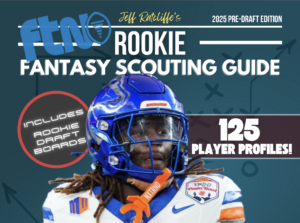


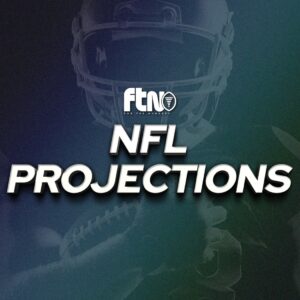




 Boston Celtics
Boston Celtics  Brooklyn Nets
Brooklyn Nets  Philadelphia 76ers
Philadelphia 76ers  New York Knicks
New York Knicks  Toronto Raptors
Toronto Raptors  Chicago Bulls
Chicago Bulls  Detroit Pistons
Detroit Pistons  Milwaukee Bucks
Milwaukee Bucks  Cleveland Cavaliers
Cleveland Cavaliers  Indiana Pacers
Indiana Pacers  Orlando Magic
Orlando Magic  Atlanta Hawks
Atlanta Hawks  Charlotte Hornets
Charlotte Hornets  Miami Heat
Miami Heat  Washington Wizards
Washington Wizards  Denver Nuggets
Denver Nuggets  Minnesota Timberwolves
Minnesota Timberwolves  Oklahoma City Thunder
Oklahoma City Thunder  Portland Trail Blazers
Portland Trail Blazers  Utah Jazz
Utah Jazz  LA Clippers
LA Clippers  Golden State Warriors
Golden State Warriors  Los Angeles Lakers
Los Angeles Lakers  Phoenix Suns
Phoenix Suns  Sacramento Kings
Sacramento Kings  Dallas Mavericks
Dallas Mavericks  Houston Rockets
Houston Rockets  Memphis Grizzlies
Memphis Grizzlies  New Orleans Pelicans
New Orleans Pelicans  San Antonio Spurs
San Antonio Spurs 



